Outer Space & Universe
Outer Space & Universe
Space, also known as outer space, is the near-vacuum between celestial bodies. It is where everything (all of the planets, stars, galaxies and other objects) is found.
On Earth, space begins at the Kármán line (100 km above sea level). This is where Earth's atmosphere is said to stop and outer space begins. This is not a firm boundary but is a convention used by scientists and diplomats.
Items in space are free to move back and forth; up and down; and left and right. These three dimensions are what make 3D space. Items also move forward through time, which is sometimes called the fourth dimension.
The majority of space contains very little matter and so most of it is a vacuum. Scientists do not know how big space is but we do know that space is extremely big, and is always expanding.
According to the big bang theory, all matter and energy in the Universe was compressed into a very small space. Then it exploded and started expanding. Space is still growing in size today; this means the distance from one galaxy to distant galaxies is getting longer.
Gravity is the force that keeps the Moon in orbit around the Earth and the planets in orbit around the Sun. Gravity can stretch and bend space similar to how a heavy ball placed on a stretched sheet of rubber will cause the rubber to stretch. The scientist who discovered that space can bend is named Albert Einstein. How gravity bends space is part of his theory of general relativity.
Astronauts, Cosmonauts, Taikonauts and Spationauts
An astronaut is any person who is trained by NASA to travel and perform tasks in space. Although the space traveler may not necessarily be a United States citizen, each astronaut does go through a rigorous training regiment by the National Aeronautics and Space Administration. Other space travelers go by other names then astronaut depending on their country of origin.
In the United States, astronaut is derived from the Greek words ástron (star) and nautis (sailor). While, in Russia, a space traveler goes by the name космонавт (English: cosmonaut), which is derived from the Greek words kosmos (universe) and nautis (sailor). Westerners call a space traveler from China a taikonaut, based on the 1998 writings of Chiew Lee Yik and Chen Lan where the term tàikōng (great emptiness), Chinese for “space”. In China, the term yuháng yuán (universe navigator) is used for space traveler.
Only the United States of America (United States), Russia (earlier, the Union of Soviet Socialist Republics), and the People’s Republic of China (China) have sent manned spacecraft into space. Other countries have assisted these countries by sending their own space travelers on space missions. For instance, a French space traveler is called a spationaut (from the French word spationaute), which is derived from the Latin spatium (space) and Greek nautis (sailor). (plural in Greek nautes = sailors)
-
00:53
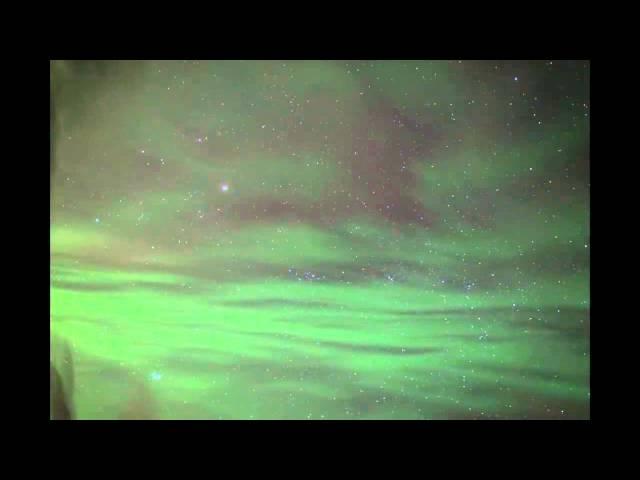
'Pulsating Wave' Auroras Witnessed Over Sweden | Video
Added 769 Views / 0 Likes'Pulsating Wave' Auroras Witnessed Over Sweden | Video
-
00:54
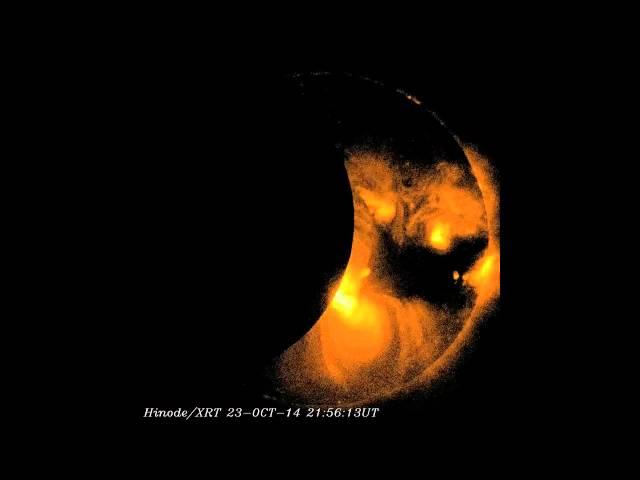
'Ring of Fire' Solar Eclipse Captured By Spacecraft | Video
Added 706 Views / 0 Likes'Ring of Fire' Solar Eclipse Captured By Spacecraft | Video
-
01:24
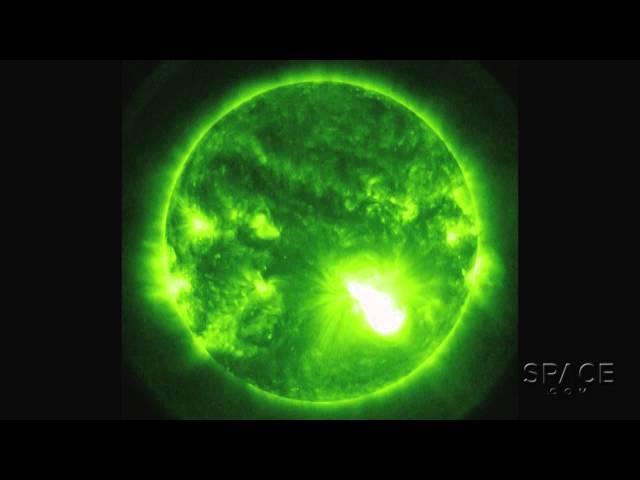
Massive Sunspot Blasts X3-Class Flare | Video
Added 892 Views / 0 LikesMassive Sunspot Blasts X3-Class Flare | Video
-
03:20
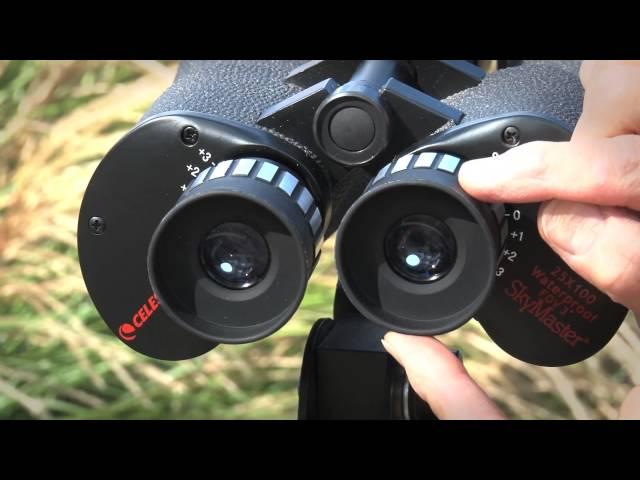
Hands-On: CELESTRON SKYMASTER 25x100 Binoculars for Sky-Watching
Added 888 Views / 0 LikesHands-On: CELESTRON SKYMASTER 25x100 Binoculars for Sky-Watching
-
02:38
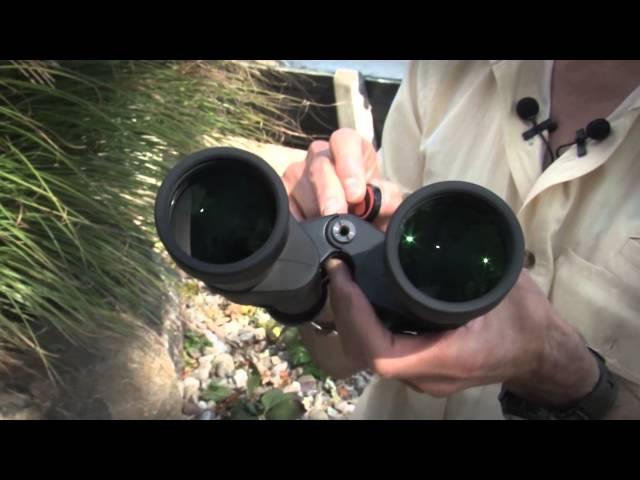
Hands-On: CELESTRON SKYMASTER 8x56 Binoculars for Sky-Watching
Added 715 Views / 0 LikesHands-On: CELESTRON SKYMASTER 8x56 Binoculars for Sky-Watching
-
02:37
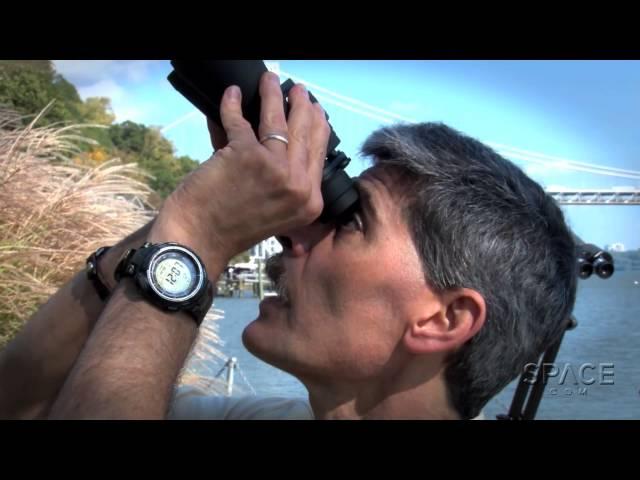
Hands-On: CELESTRON COMETRON 7x50 Binoculars for Sky-Watching
Added 726 Views / 0 LikesHands-On: CELESTRON COMETRON 7x50 Binoculars for Sky-Watching
-
02:48
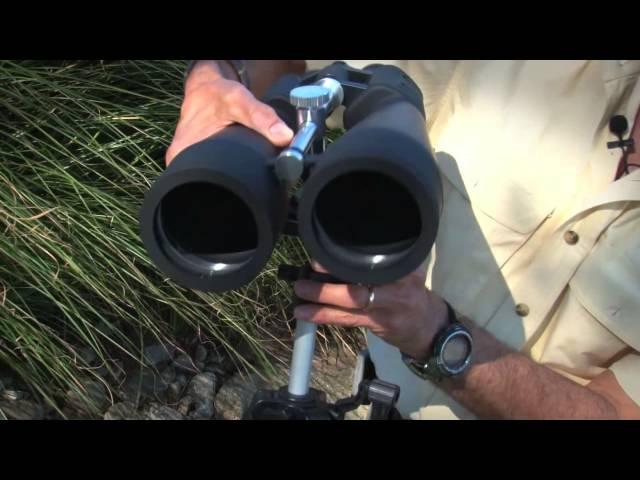
Hands-On: ORION ASTRONOMY 20x80 Binoculars for Sky-Watching
Added 544 Views / 0 LikesHands-On: ORION ASTRONOMY 20x80 Binoculars for Sky-Watching
-
02:07
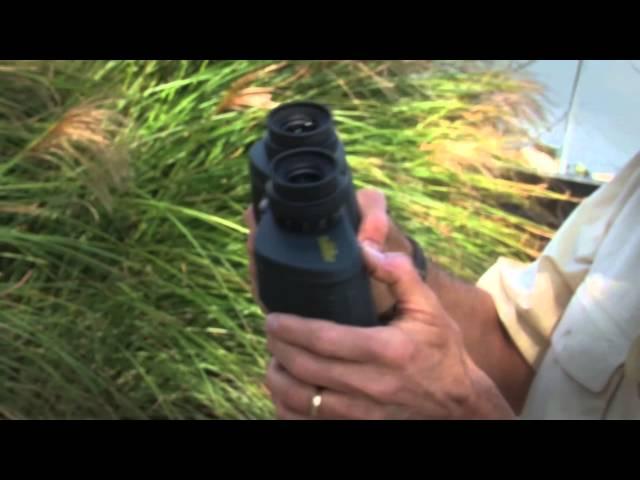
Hands-On: OBERWERK ULTRA 15x70 Binoculars for Sky-Watching
Added 775 Views / 0 LikesHands-On: OBERWERK ULTRA 15x70 Binoculars for Sky-Watching
-
09:03

'Ambition': Rosetta Inspired Sci-Fi Short - Behind The Scenes Video
Added 762 Views / 0 Likes'Ambition': Rosetta Inspired Sci-Fi Short - Behind The Scenes Video
-
01:35
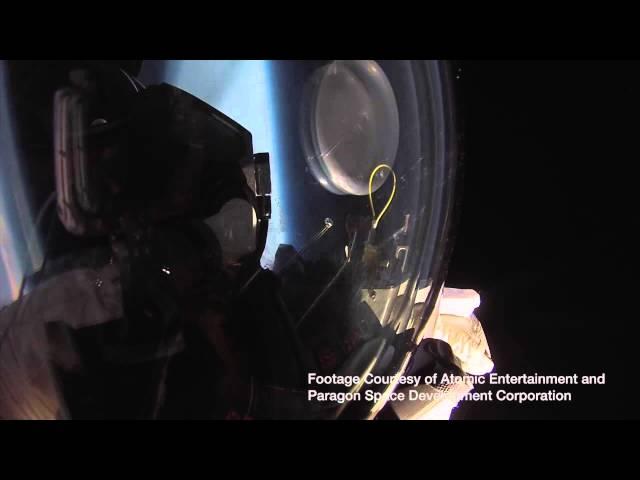
Record-Breaking Near-Space Dive Leaps from 135,000 Feet | Video
Added 702 Views / 0 LikesRecord-Breaking Near-Space Dive Leaps from 135,000 Feet | Video
-
06:40
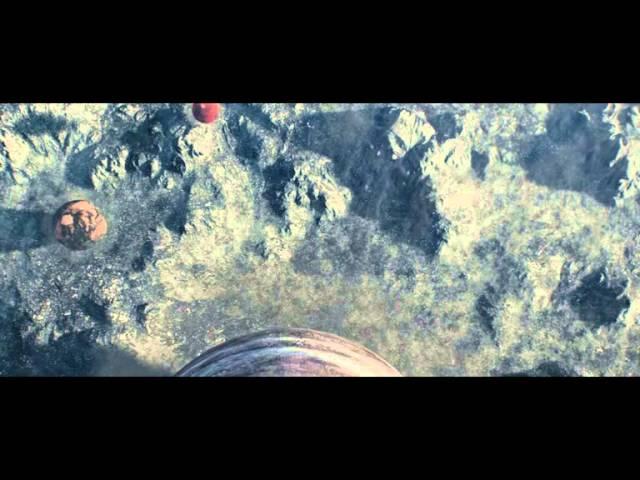
Stunning Rosetta Probe Inspired Sci-Fi Short - Starring GoT's Aiden Gillen | Video
Added 706 Views / 0 LikesStunning Rosetta Probe Inspired Sci-Fi Short - Starring GoT's Aiden Gillen | Video
-
02:21
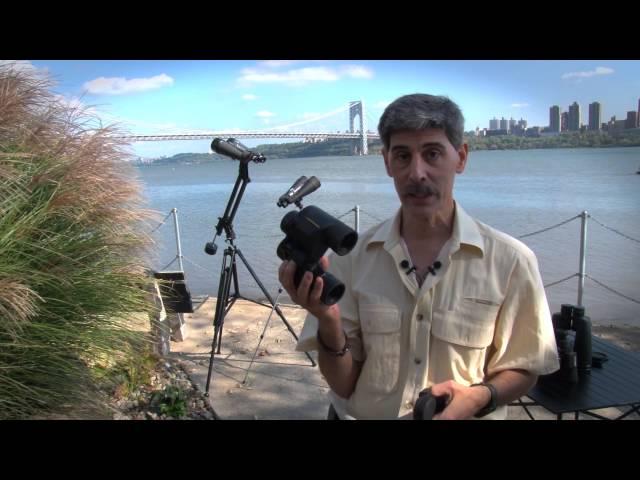
Hands-On: OBERWERK MARINER 8x40 Binoculars for Sky-Watching
Added 906 Views / 0 LikesHands-On: OBERWERK MARINER 8x40 Binoculars for Sky-Watching
-
00:41
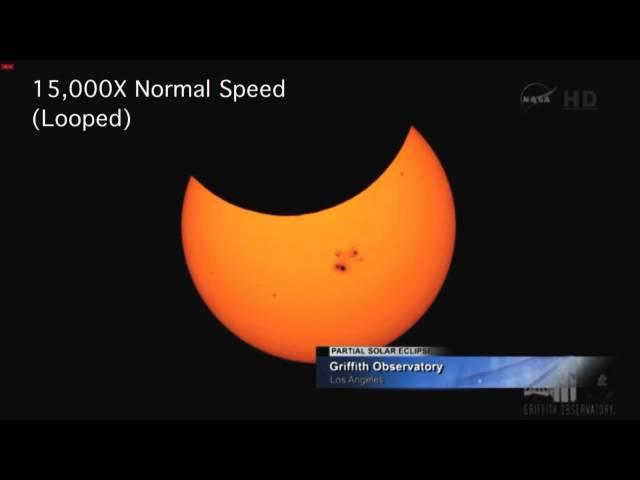
Partial Solar Eclipse Snippet Time-Lapsed | Video
Added 756 Views / 0 LikesPartial Solar Eclipse Snippet Time-Lapsed | Video
-
01:24
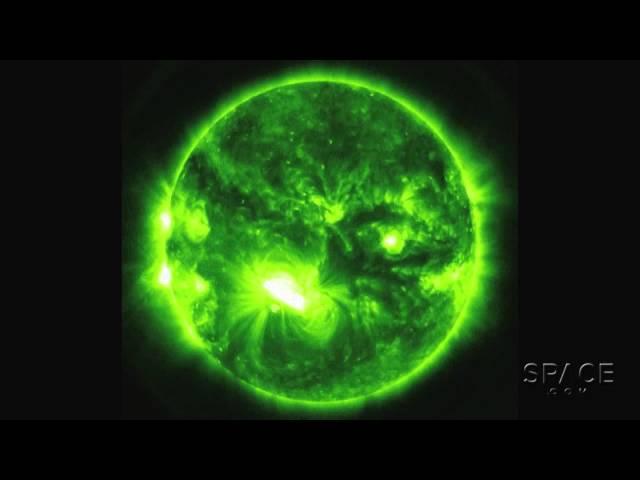
Huge Sunspot Full Of X and M Flares | Video
Added 685 Views / 0 LikesHuge Sunspot Full Of X and M Flares | Video
-
07:03
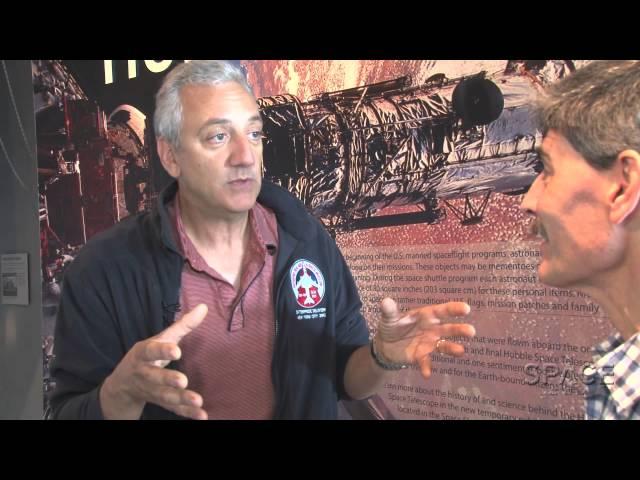
Ex-Astro Mike Massimino Previews Hubble@25 Exhibit on Intrepid | Video
Added 738 Views / 0 LikesEx-Astro Mike Massimino Previews Hubble@25 Exhibit on Intrepid | Video
-
00:27
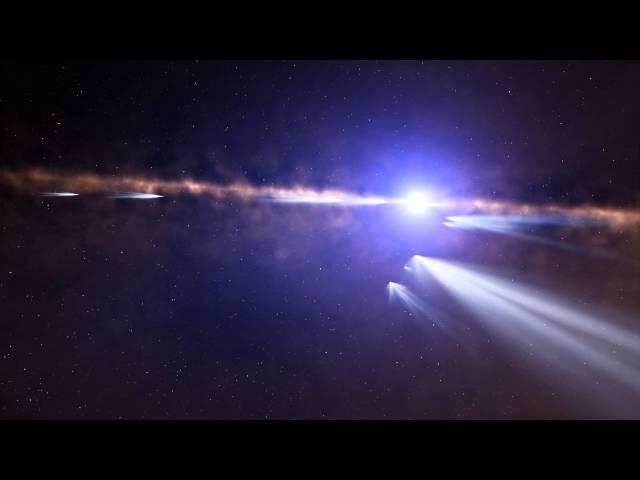
Hundreds Of Comets Spotted Around Nearby Star | Artist Impression Video
Added 780 Views / 0 LikesHundreds Of Comets Spotted Around Nearby Star | Artist Impression Video
-
00:43
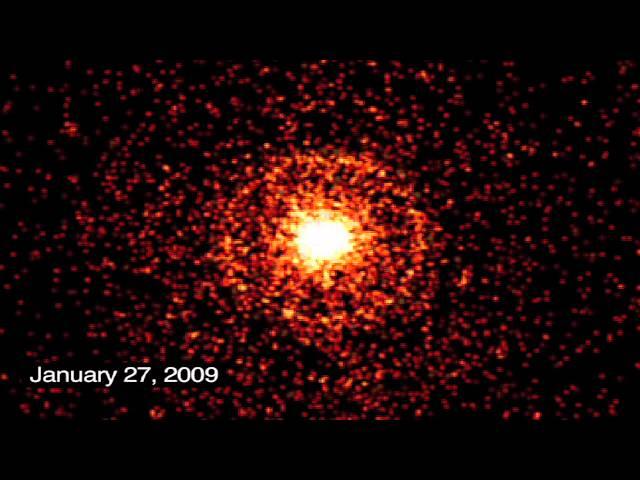
'Halo' Of Echoing X-rays From Magnetar Outburst | Video
Added 1,043 Views / 0 Likes'Halo' Of Echoing X-rays From Magnetar Outburst | Video
-
00:50
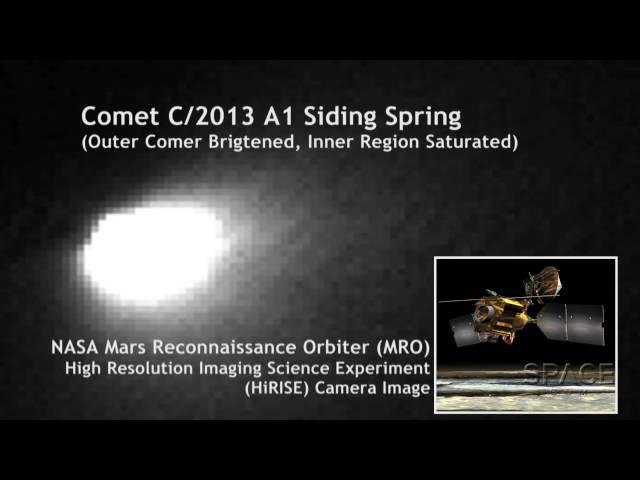
Comet Imaged From Mars' Surface and Orbit | Video
Added 763 Views / 0 LikesComet Imaged From Mars' Surface and Orbit | Video
-
03:03
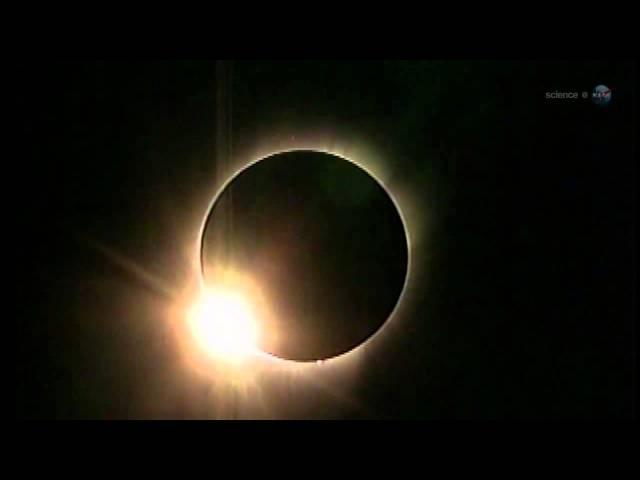
Partial Solar Eclipse - How To View It | Video
Added 827 Views / 0 LikesPartial Solar Eclipse - How To View It | Video
-
00:52
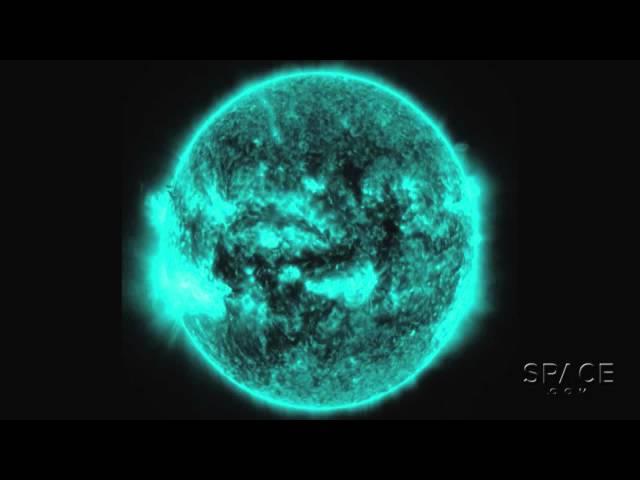
Sun Blasts X-Flare - Spacecraft's Multiple Wavelength Views | Video
Added 856 Views / 0 LikesSun Blasts X-Flare - Spacecraft's Multiple Wavelength Views | Video
